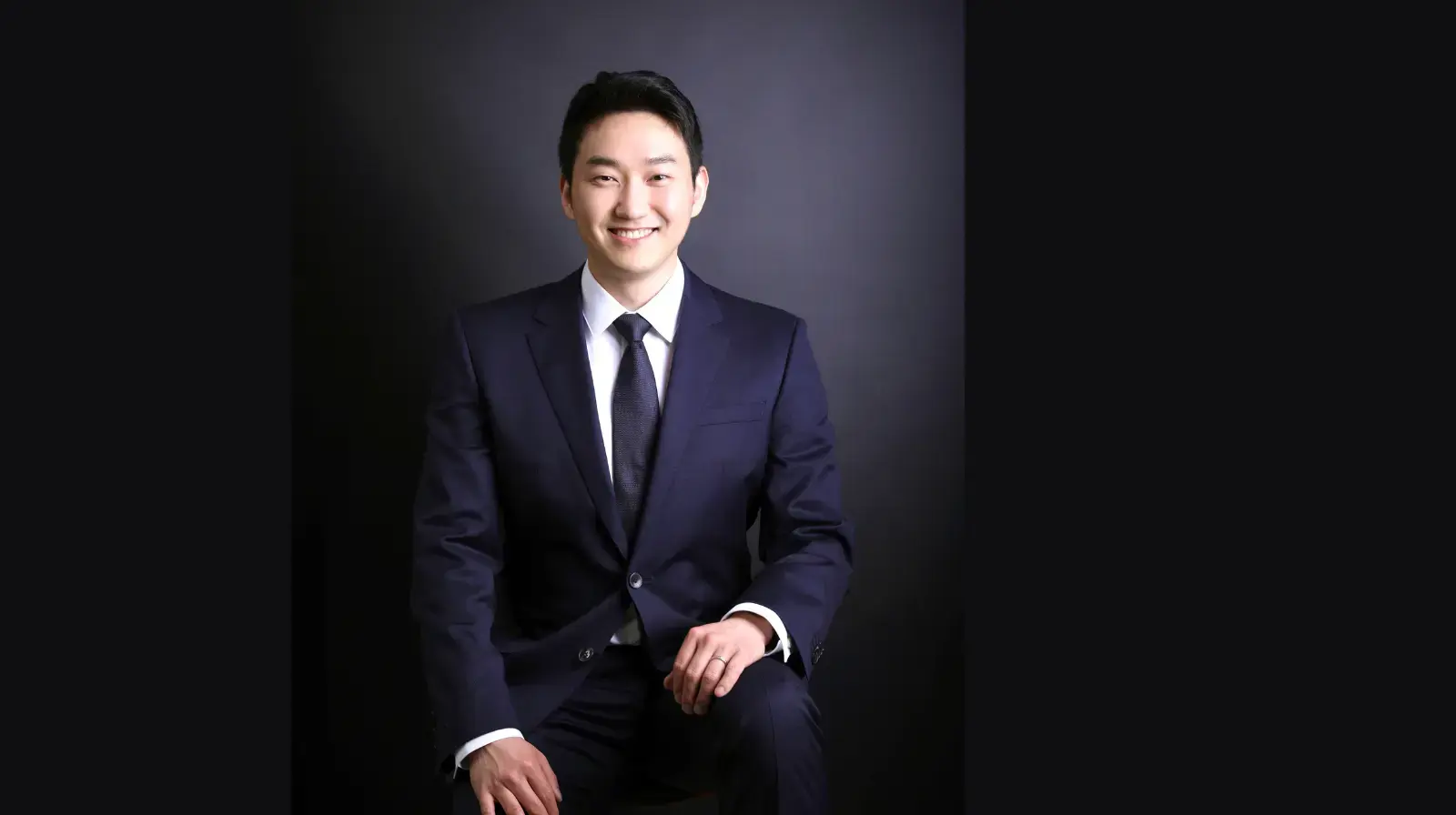
For over 30 years, a veteran journalist has chronicled the history of TSMC, a company possessing irreplaceable competitiveness in today’s cutting-edge semiconductor manufacturing. In his first year as a journalist, TSMC was on the verge of being included in the Taiex index. Since conducting his first interview with founder Morris Chang (張忠謀), then already over 60 years old, reporter Lin Hung-Wen has brilliantly captured and testified to the history of Taiwan’s semiconductor industry.
As the world’s largest semiconductor foundry, TSMC in 2024 manufactured 11,878 types of semiconductors using 288 process technologies, supplying them to 522 customers. The company produces the core processors (APs) for Apple’s iPhones, which sell 230 million units annually, and the entirety of NVIDIA’s latest GPUs, shipped at around 1 million units annually. TSMC manufactures 90% of the world’s highest-performance chips and 70% of all semiconductors used globally, while maintaining a long-term gross profit margin of 53%. Moreover, 69% of its revenue comes from advanced node products at 7nm or below. These figures perfectly exemplify a company exercising dominant market power. Based on Lin’s reporting, TSMC: The Secret Behind Its World Leadership penetrates the essence of the competitiveness of this unrivaled foundry.
I first encountered Lin’s book during a trip to Japan in March 2024. At a Kyoto bookstore, I came across the book, extensively promoted under the Japanese title TSMC, 世界を動かす秘密. While browsing the table of contents, two thoughts came immediately to mind. The first: “This should be translated into Korean and introduced in my country.” The second: “Several case studies should be cited in policy research.”
The first thought had to be postponed due to my inability to read Mandarin, but the second has been actively implemented in my various policy research and advisory work ever since. Later that year, in November 2024, the Korean edition was published under the title TSMC: The Secret of World No. 1.
In June 2025, I was given the unexpected gift of meeting the author in person at a forum. He turned out to be a man as profound as the depth of the book he had written: extremely humble and kind, yet when speaking about the semiconductor industry, a sharp and insightful expert. Though our encounter was brief, during a conversation about meeting again, he revealed that he would soon launch a semiconductor-focused professional website bearing his name. At that moment, I recalled the same thought I had when I first encountered his book in Kyoto:
“This website should be translated into Korean.”
Perhaps the author assumed that the insights of a TSMC expert would not attract much attention in Korea, home to Samsung Electronics. Or maybe he preferred not to invite unnecessary scrutiny between two companies that, in some respects, appear to be competitors. Even so, I persuaded him that this website should have a Korean version. I cannot say how much my appeal influenced his decision, but I was delighted when he later shared the news that a Korean-language service would indeed be launched.
From a geopolitical perspective, today’s semiconductor industry has formed an irreplaceable global supply chain: design in the United States, materials and equipment in Japan, and manufacturing in Taiwan. By contrast, Korea’s semiconductor industry—once a source of national pride—now faces a sobering reality: its position as a memory semiconductor powerhouse is weakening, the gap with Taiwan is widening, and China’s capabilities are growing.
I expect that the perspective provided by this website, through Lin’s reporting and analysis, will offer entrepreneurs, journalists, and policy stakeholders in Korea’s semiconductor industry a sobering opportunity to discover what we are currently lacking.
Introduction of Recommender
Hyonik Lee, Associate Research Fellow, earned his bachelor’s and master’s degrees in Electrical and Electronic Engineering from Yonsei University and his Ph.D. in Technology Management from Korea University.
He previously served as:
- Principal Researcher at Doosan Heavy Industries & Construction (now Doosan Enerbility)
- Associate Research Fellow at the Korea Institute of Science and Technology Evaluation and Planning (KISTEP)
